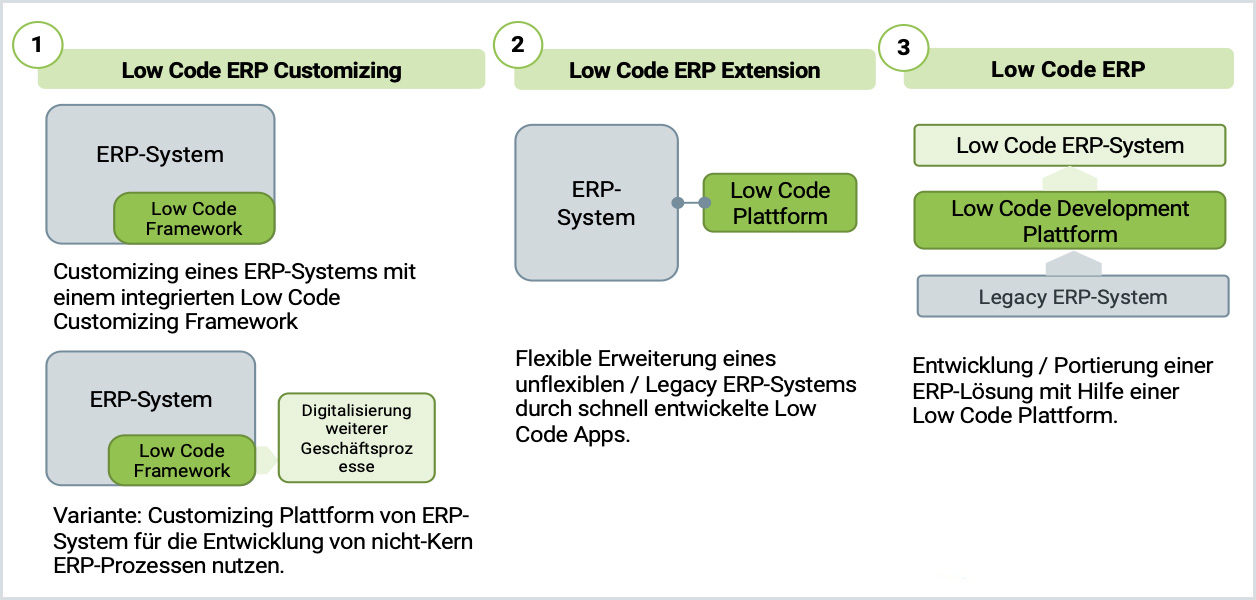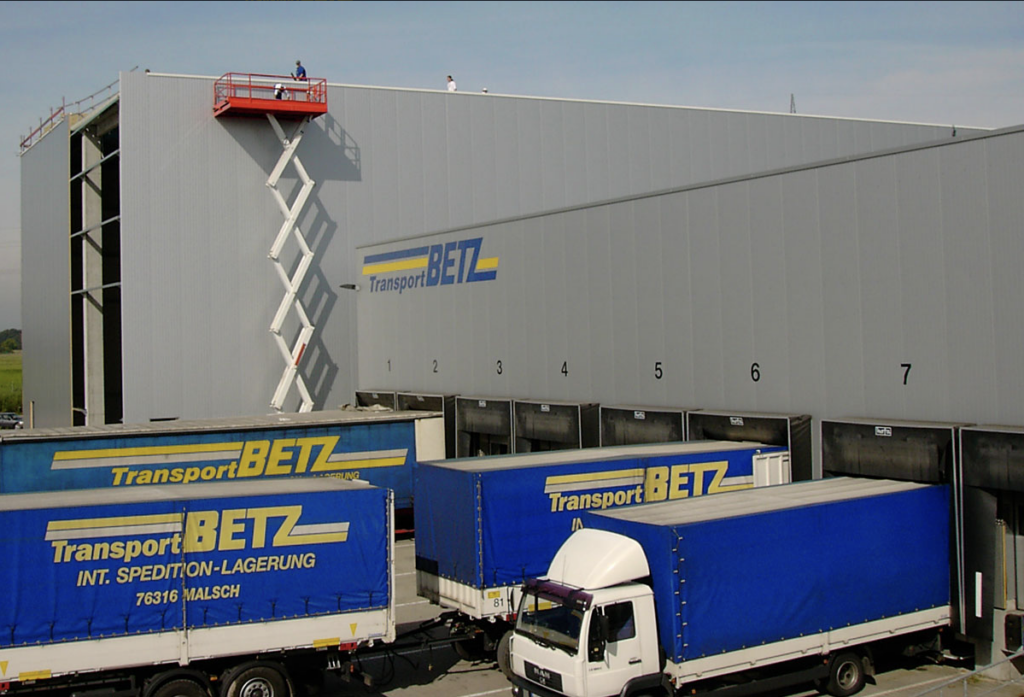
In future, it will not be IT experts who program smaller business applications, but colleagues from accounting or marketing. They click together various building blocks and logics via an intuitive graphical user interface and the app is ready. At least that's the idea behind low-code or no-code platforms. But are such systems really suitable for the layman? And what forms can be found in practice?
Low-code or no-code platforms are not a new idea. The topic has been haunting the industry for almost ten years, but is currently gaining momentum again against the backdrop of the (IT) skills shortage. According to the Trovarit study "ERP in Practice 2022/2023", almost 30 percent of larger companies now rate development platforms as a highly relevant trend. For small companies (under 100 employees), the figure is still around 16%.
The idea that IT staff will no longer be needed to expand an ERP system in future is tempting. On the one hand, the IT departments would be relieved, and on the other, it would be much quicker if the specialist departments could "just click together" their apps themselves instead of having to go through IT. But despite all the euphoria, the programming platforms are not (yet) quite so intuitive in practice. You have to get to grips with the development platform a little, and you can't do it without any IT knowledge. Similar to the smart home application at home, the user should at least enjoy a bit of technical fiddling.
Nevertheless, this programming method based on the modular principle certainly has potential. We have therefore taken a closer look at the different versions.
Customizing or new development?
There are basically three different approaches:
Low code ERP customizing describes the expansion or adaptation of an ERP system in which the programming platform is already integrated. This is already standard for some ERP manufacturers. The GUS-OS Suite has a particularly powerful low-code framework. It offers the possibility of adapting existing business processes to new requirements relatively easily. These can be simple field extensions, such as customer-specific classifications. But changes to existing processes are also possible. For example, additional check steps - such as for sanctions lists - can be added when creating orders.
A variant of low-code ERP customizing is low-code ERP development. Here too, the development platform is part of the existing ERP system. However, it is used to digitize business processes outside of the ERP core. Such extensions are also possible with the GUS-OS framework. Examples include checklists and workflows for compliance checks and audits. At the heart of GUS-OS are an integrated tool for data modeling, a workflow engine and a user interface kit that can be used to compile dialogs and applications from existing components. These have full access to the business logic and data of the GUS-OS ERP Suite.
The Low Code ERP Extension is of interest to companies that are using an older and relatively inflexible (legacy) system. Here, you can also develop your own low-code apps quickly and easily via an external platform. The data is exchanged with the back-end system via interfaces. Almost all classic low-code providers pursue this approach, such as Mendix or the Microsoft Power Platform.
Finally, it is also conceivable to develop or port a complete ERP solution using a low-code platform ("low-code ERP"). However, these platforms are, and will probably continue to be, rather exotic among the low-code models. Providers such as Thinkwise or Scopeland Technology import the data models of legacy applications in order to simplify and accelerate new development. The low-code ERP approach is less suitable for porting a standard ERP product than for replacing individually developed customer systems with a more modern system.

Integrated or external low-code platform?
If you compare integrated with external low-code platforms, both variants have advantages and disadvantages. With an integrated low-code framework, essential functions such as master data management or business logic modules are already available in the system. Accordingly, users can easily access them via the platform. In addition, with this "customizing" variant, the interaction of self-programmed apps with the existing ERP applications usually works smoothly. Another key advantage: with an integrated low-code platform, companies can build on existing release management processes. And finally, there are also differences in terms of costs: with integrated low-code platforms, there are usually no additional license/usage costs for existing ERP users - at least as long as you remain within the ERP core. However, if you want to digitize new, non-core ERP processes, these new users are relatively expensive, as additional user licenses are required for them.
External low-code platforms have a generic approach. In many cases, they are already cloud-native, but an interface to the existing ERP system must be set up and maintained. Although the costs for user licenses are significantly lower (compared to an ERP user), additional fees must be factored in on top of the existing ERP usage fees. The most critical point with external platforms is release management. If the often-cited "departmental developer" is able to program their own small apps on an external platform independently and without the control of the IT department, this can quickly lead to uncontrolled growth that is difficult to contain at some point. IT departments should therefore pay particular attention to this at an early stage and set the necessary guidelines.
It doesn't work without IT knowledge
In a world where IT experts are becoming increasingly difficult to find, low-code platforms offer companies the opportunity to shift at least some of the application development or customization of standard ERP solutions to the specialist departments. The employees there know the business processes in detail. They can therefore tailor the apps very specifically to their needs and thus drive forward the digitalization of company processes themselves. However, developing on low-code platforms still means more than just clicking together colorful program modules. In reality, IT amateurs must therefore be accompanied by an IT specialist in most cases. In addition, close control and professional release management by the IT department are essential, especially with external platforms.


